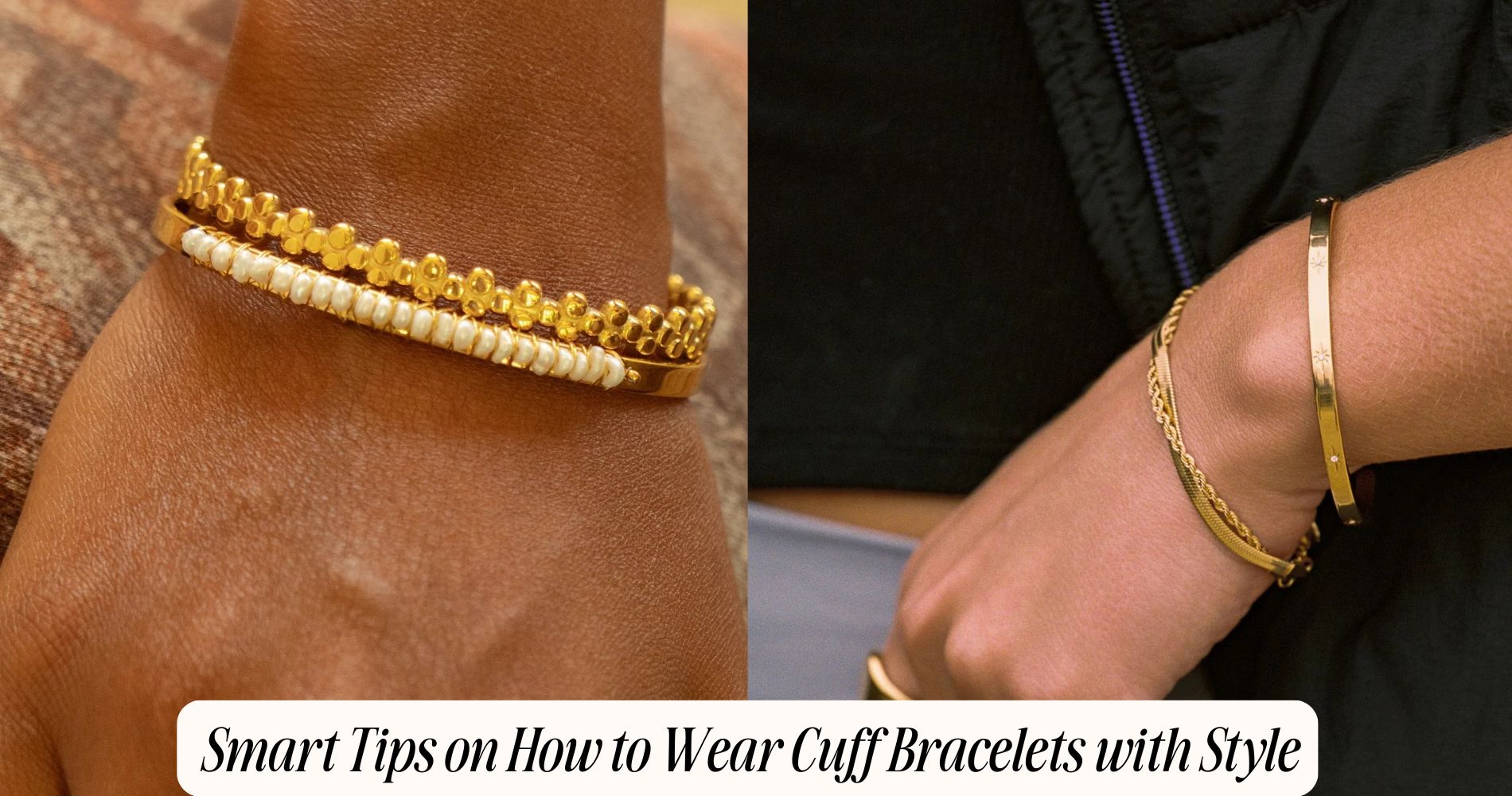
Smart Tips on How to Wear Cuff Bracelets With Style
Learning how to wear cuff bracelets starts with the perfect fit—measure your wrist and add 0.25–0.5 inches for a snug, comfy feel. Let the cuff be the anchor: layer lighter pieces, keep one wrist or area bare, and match metals to your outfit’s tone. For inspiration, explore Atolea’s Waterproof Bracelet Collection to find styles that layer beautifully and stay flawless through any activity. Style smart with sleeves—mid-forearm for short sleeves, just below three-quarter hems, or over fine knits. Stack with varied widths and textures, and pair low-profile cuffs with watches. Clean, store individually, and avoid moisturizers and sweat. There’s always more to master next.
Choose the Right Fit and Size
Two details determine whether a cuff looks polished or clunky: width and circumference. Measure your wrist at the narrowest point, then add a quarter to half an inch for a snug, painless slide. The opening should hug, not pinch; you shouldn’t have to bend the cuff to get it on.
Aim for proportions: slimmer wrists favor 4–6 mm, average wrists thrive at 8–15 mm, and bold looks land at 20 mm+. Consider cuff material options—sleek steel for modern minimalism, brass for warm vintage vibes, sterling for timeless shine, or resin and leather for casual edge.
Respect cuff bracelet history by choosing shapes that echo classic torque and hinged designs, but prioritize comfort. If it rotates constantly or leaves marks, size up or select a tapered silhouette.
Balance With Other Jewelry
Start by treating your cuff as the anchor, then build around it with intention. Keep the rest of your pieces lighter so the eye reads one strong statement, not clutter. Aim for one focal wrist: stack slim bangles or a delicate chain beside the cuff to create balanced cuff bracelet combinations without bulk.
Use smart jewelry layering techniques: vary thickness, texture, and negative space. If your cuff is wide or detailed, pair minimal studs and a sleek ring. If it’s clean-lined, add a single cocktail ring or a slender pendant to echo its shape.
Mind proportion—bigger cuffs call for fewer companions, daintier cuffs welcome a tighter edit. Finally, leave at least one area bare—a wrist, a finger, or your neckline—to give your cuff room to shine.
Match Metals to Your Outfit’s Tone
Once you’ve balanced your cuff with other pieces, let metal color work with your outfit—not against it.
Read your wardrobe’s tone first: cool palettes love silver, platinum, and white gold; warm palettes favor yellow or rose gold. If your look is neutral, mixed metal combinations add dimension without noise. Anchor with one dominant metal on your cuff, then echo it in a ring or stud for clean outfit harmonization.
Pair oxidized or brushed finishes with casual textures like denim or linen; choose high-polish metals for sleek monochromes and tailored sets.
When prints are busy, keep the cuff’s metal simple and solid. Match hardware on your bag or belt to your cuff’s tone for a cohesive line. If in doubt, choose the metal that flatters your skin’s undertone.
Style With Sleeves and Layers
Before you slide on a cuff, consider your sleeve strategy—fabric, fit, and length change everything. Slim, tailored sleeves let a cuff sit flush; voluminous blouses need a bold, smooth cuff that won’t snag.
Mind sleeve length: with short sleeves, position the cuff mid-forearm; with three-quarter, anchor it just below the hem; with long sleeves, push the cuff over a fine knit or let it peek from under a crisp cuff.
Use smart layering techniques. Over lightweight turtlenecks or ribbed tees, place the cuff on top to create a clean break.
With blazers, keep sleeves slightly cropped so the cuff reads intentional. For denim or leather jackets, choose a cuff with a low profile to slip under the wrist opening without bulk.
Stack Strategically for Impact
Even a small stack can look intentional when you balance scale, texture, and spacing. Start with one bold cuff as your anchor, then add slimmer pieces to frame it.
Use layering techniques: alternate widths, mix smooth and hammered finishes, and stagger edges so nothing sits perfectly aligned. Keep three to five pieces max to avoid bulk.
Play with color combinations to sharpen the look. Pair warm metals together, or clash on purpose—rose gold with oxidized silver—then echo one tone in a tiny link or bead.
Add one statement texture—rope, ribbed, or twisted—and let the rest stay clean. Leave a finger’s width of space near the wrist bone for comfort and movement.
Edit ruthlessly; if one bracelet steals focus, let it.
Pair With Watches the Right Way
How do you make a watch and cuff feel like a set, not a clash? Start by matching scale. Pair slim cuffs with minimalist watch styles; team chunkier cuffs with bold chronographs.
Keep metals in the same family for cohesion, then play with bracelet contrasts—matte next to polish, hammered beside smooth—for dimension. Leave a finger’s width between the watch and cuff so nothing scrapes.
Balance textures and shapes. A sleek steel cuff sharpens a leather-strap watch; a sculptural cuff complements a squared case.
Anchor the stack with the watch, then let the cuff echo a single detail—bezel finish, dial color, or strap hardware. If your watch is busy, choose a clean cuff; if it’s pared-back, let the cuff provide the statement.
Coordinate With Occasions and Dress Codes
You’ve nailed watch-and-cuff harmony; now match that energy to where you’re going. Read the room first.
For casual outings, keep it effortless: slimmer cuffs, matte finishes, or leather-wrapped styles pair with denim, tees, and relaxed tailoring. Stack one or two, leave some wrist skin showing, and align metals with belt buckles or sneakers’ eyelets for cohesion.
Shift gears for formal events. Choose a single refined cuff—polished metal, clean lines, maybe a subtle gemstone. Keep proportions sleek so it slips under a blazer sleeve without snagging.
Mirror your suit hardware: silver with cool tones, gold with warm hues. For business dress, stay minimal and symmetrical; for cocktail attire, add a nuanced texture. Always verify your cuff complements, not competes with, your overall look.
Care and Storage for Lasting Shine
Because style starts with upkeep, treat your cuff bracelets like the investment pieces they are. Wipe them after each wear with a soft, lint‑free cloth to remove oils and sweat.
Use gentle cleaning techniques: mild soap and lukewarm water for stainless or sterling, a jewelry wipe for gold‑filled, and a silver polish cloth for tarnish—never abrasive pastes. Keep stones dry; avoid soaking.
Protect shape and finish with smart storage solutions. Store cuffs individually in felt pouches or lined trays, never stacked, and keep them clasp‑side up to prevent micro‑scratches.
Add anti‑tarnish strips for silver and silica gel packs to fight humidity. Remove cuffs before workouts, lotions, or perfumes. Travel? Use a rigid roll or case.
Routine care preserves shine—and your signature style.
Frequently Asked Questions
Are Cuff Bracelets Suitable for Men and Gender-Neutral Styling?
Yes—cuff bracelets suit men and gender-neutral styling. Choose masculine designs in matte metal or leather. Balance proportions, stack sparingly, and coordinate finishes. Let cuffs amplify your gender expression. Pair with clean lines, rolled sleeves, and minimalist rings for effortless impact.
How Do I Style Cuff Bracelets for Different Body Types?
Style cuff bracelets by matching widths to your fashion proportions: slender wrists, choose slim; fuller, go bold. Use layering techniques—mix metals, textures, and gaps. Balance stack height with sleeve volume. Anchor with a watch for structure.
Can Cuff Bracelets Be Worn for Fitness or Active Lifestyles?
Yes—choose lightweight, flexible cuffs designed for movement. You’ll prioritize silicone, TPU, or braided nylon, rounded edges, sweat-proof finishes, and secure closures. Stack minimal profiles for fitness fashion. Opt reflective, washable active accessories. Test comfort during planks, runs, and cooldowns.
What Materials Are Hypoallergenic for Sensitive Skin?
Choose hypoallergenic materials like stainless steel, titanium alloys, medical-grade titanium, niobium, and 14k–18k gold. Avoid nickel. Opt for smooth finishes and PVD coatings. Patch-test new pieces, clean regularly, and rotate styles to keep skin calm and chic.
How Do Cultural or Symbolic Meanings Influence Cuff Bracelet Choices?
Cultural significance and symbolic meanings shape your cuff picks. You’ll favor motifs reflecting heritage, beliefs, or causes. Choose engravings, talismans, or colors with intention; pair respectfully with outfits and occasions; research origins; avoid appropriation; spotlight authenticity; let your bracelet narrate values.
Conclusion
Mastering cuff bracelets is simple when you’re intentional. Choose a snug fit that stays put, then balance it with minimal rings or studs. Match metal to your outfit’s tone, and let cuffs peek from slim sleeves or sit over knit layers. Stack thoughtfully—vary widths, textures, and leave breathing room. Pair with a sleek watch on the opposite wrist or a slim style beside it. Dress it up or down by occasion, then store pieces safely so they always shine.


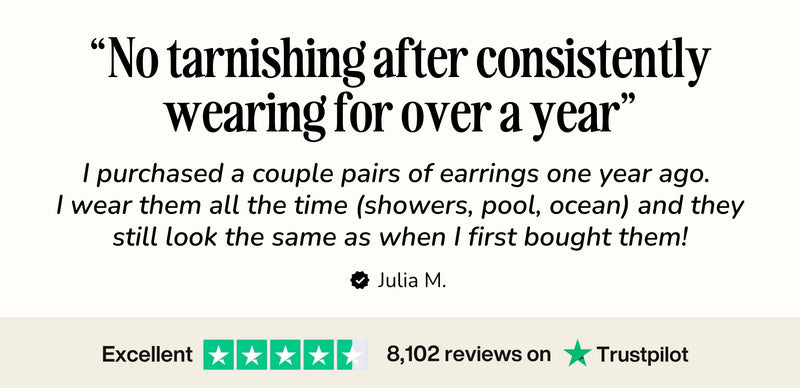




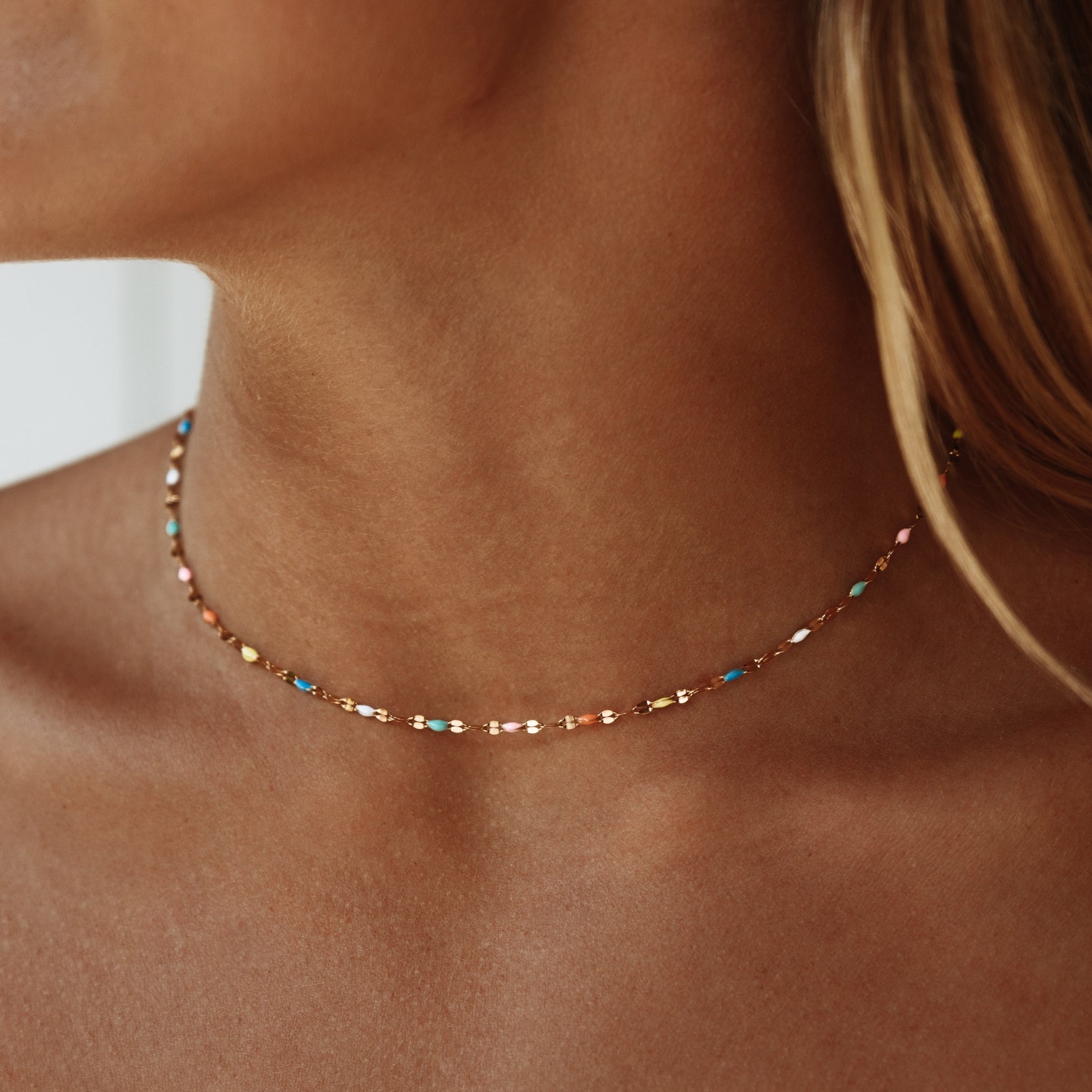
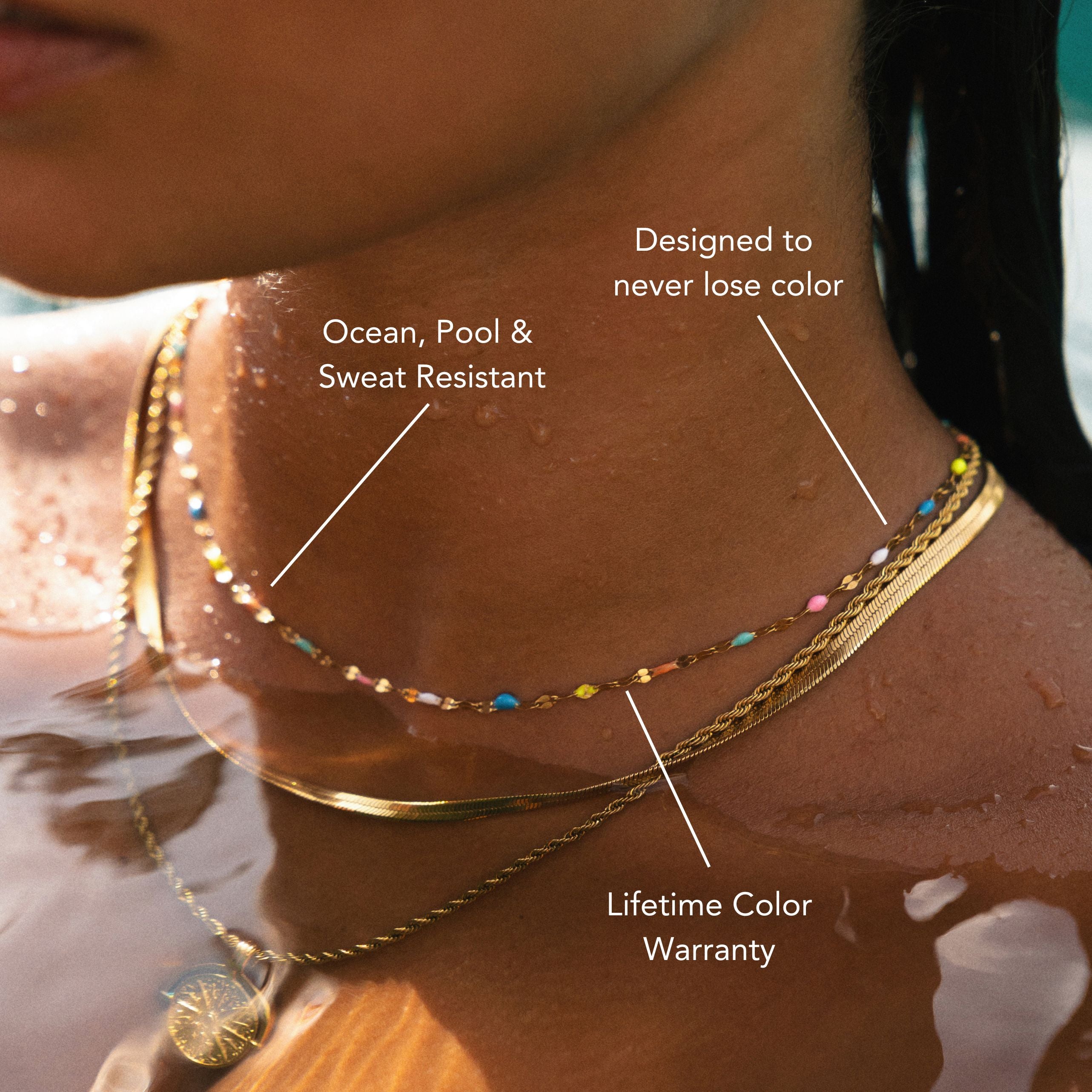
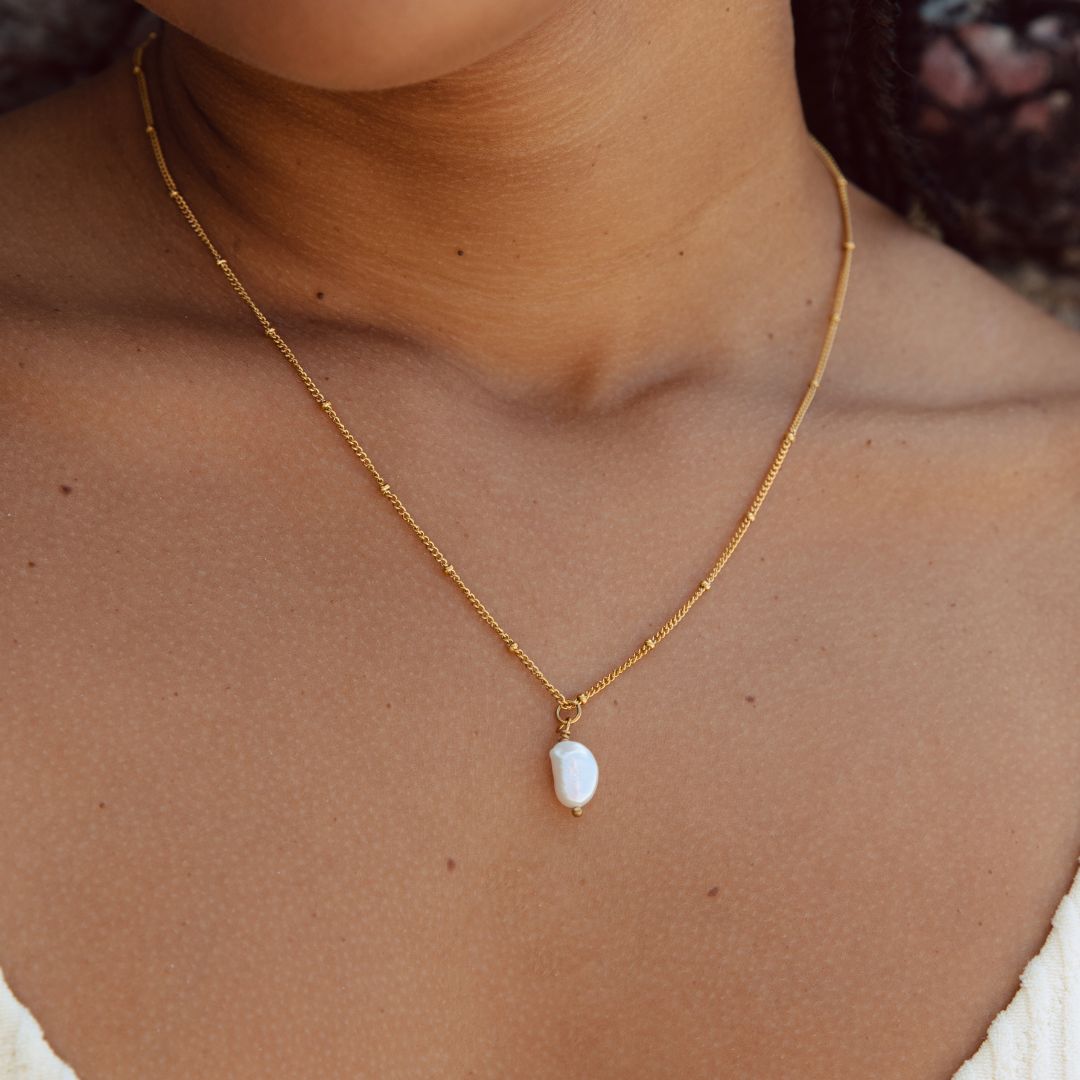
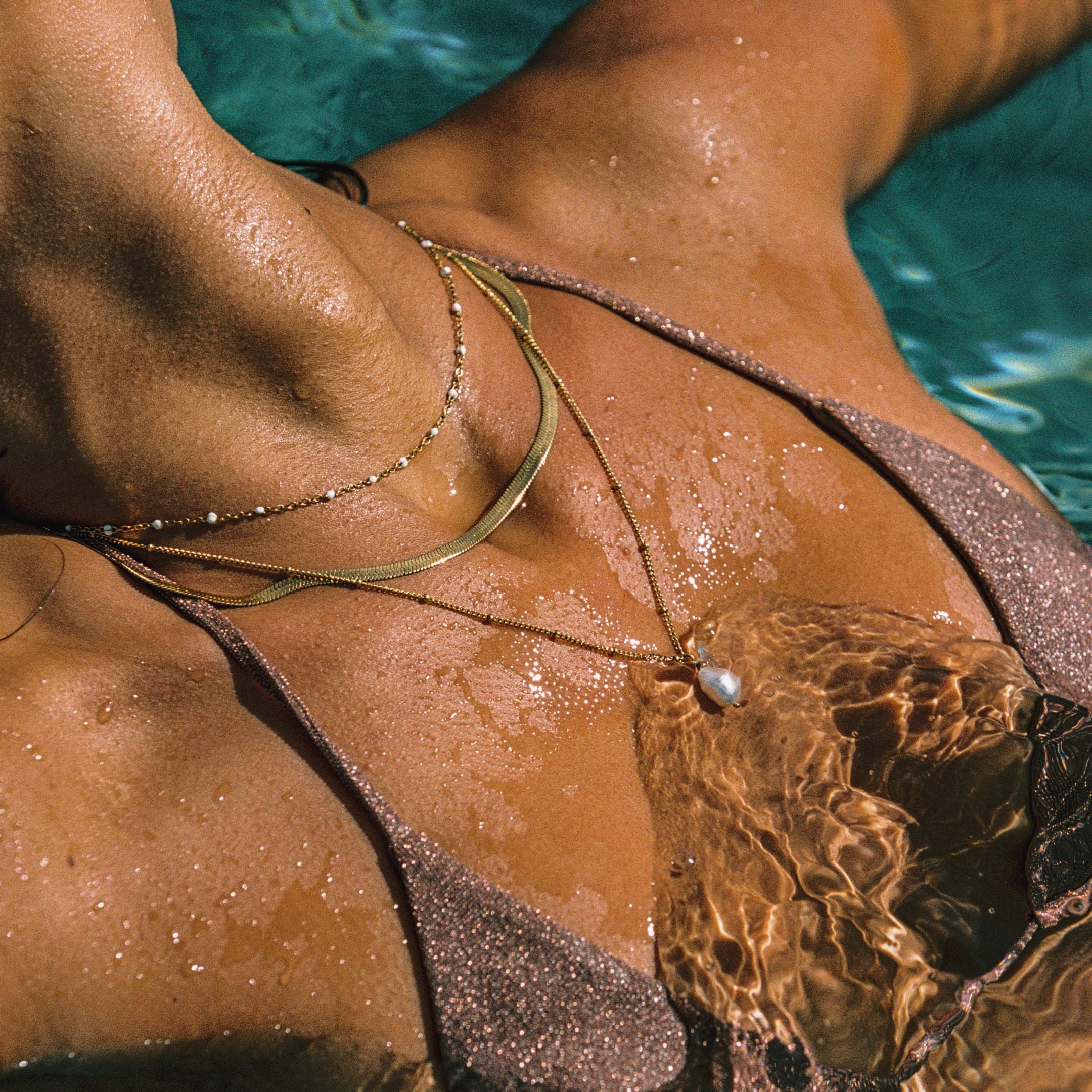
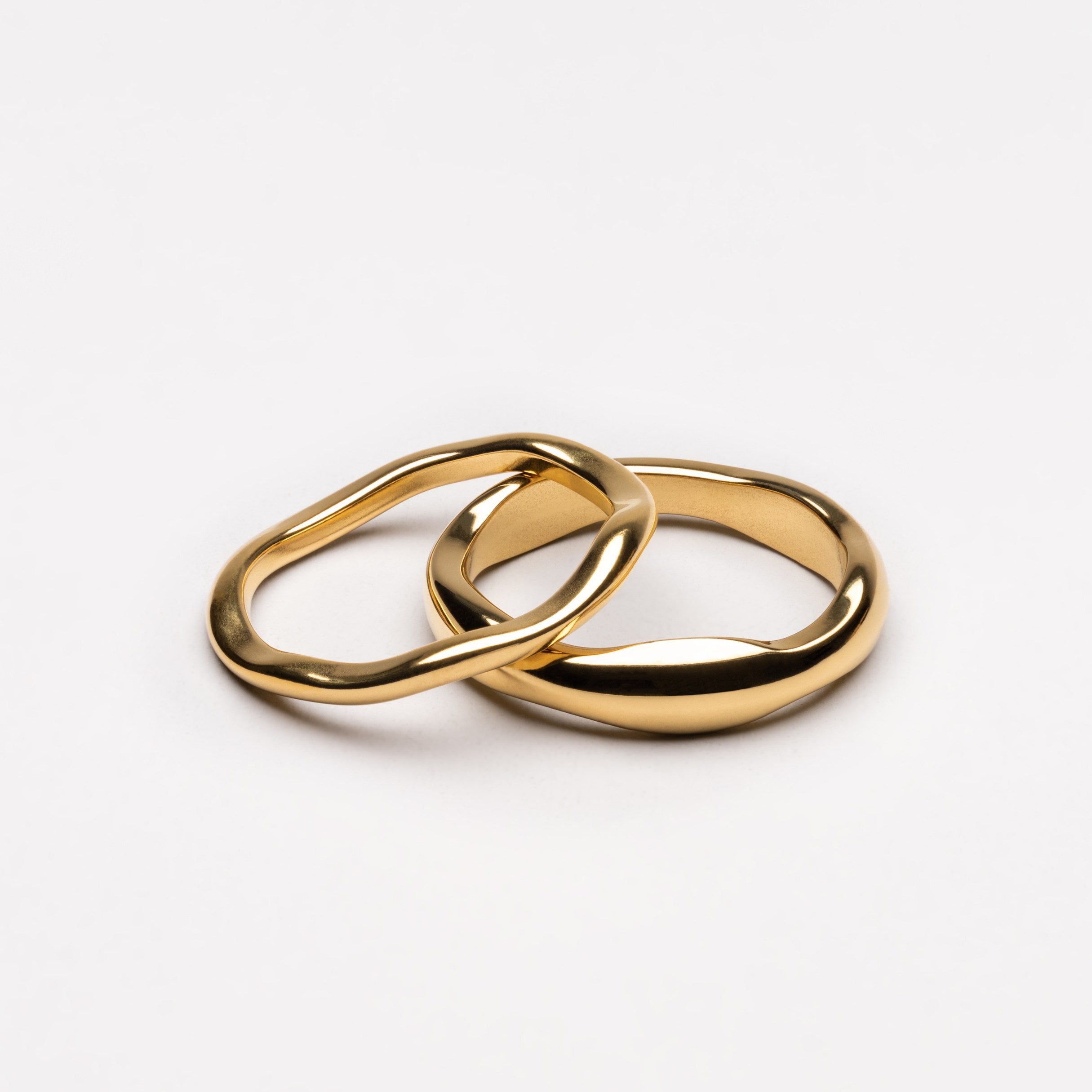
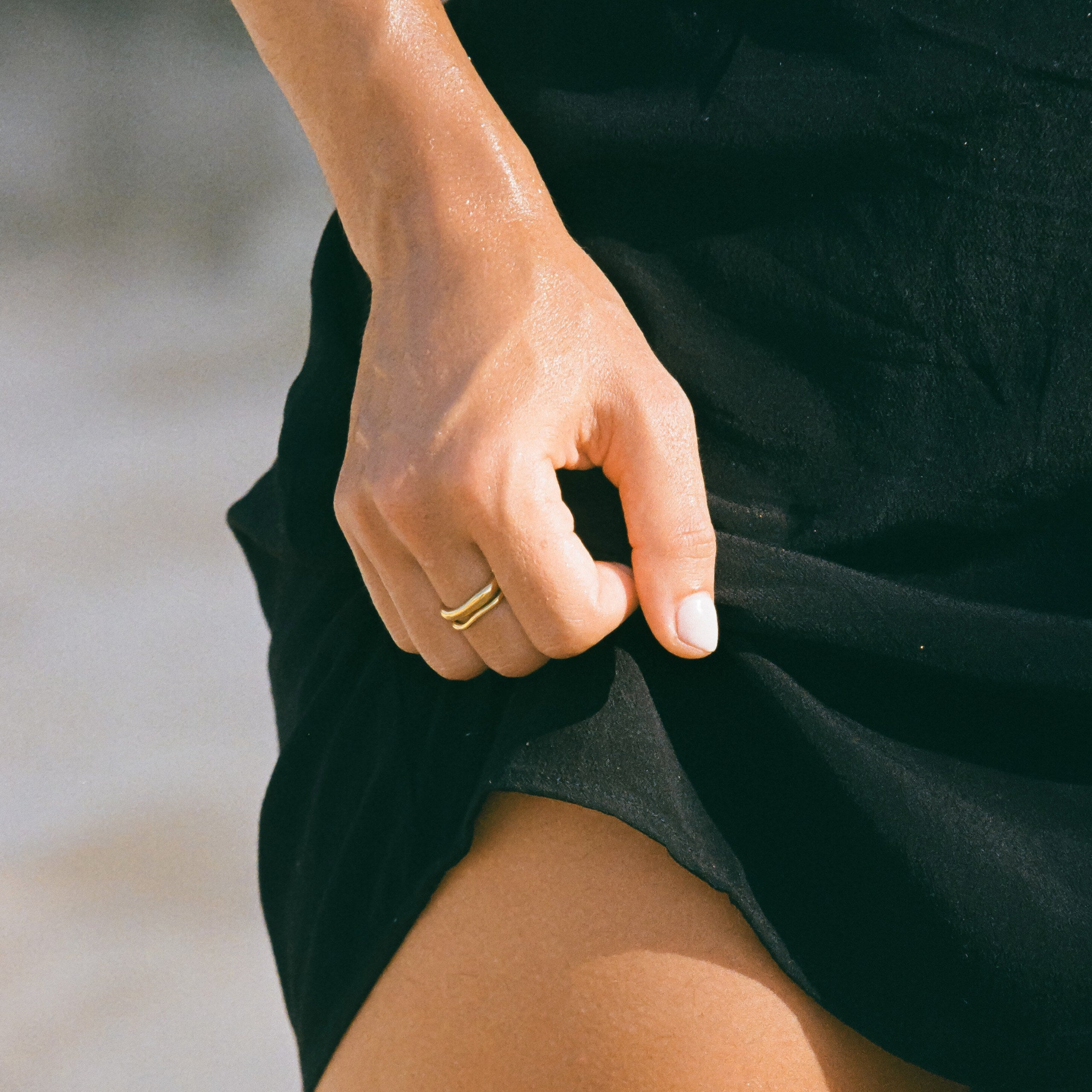
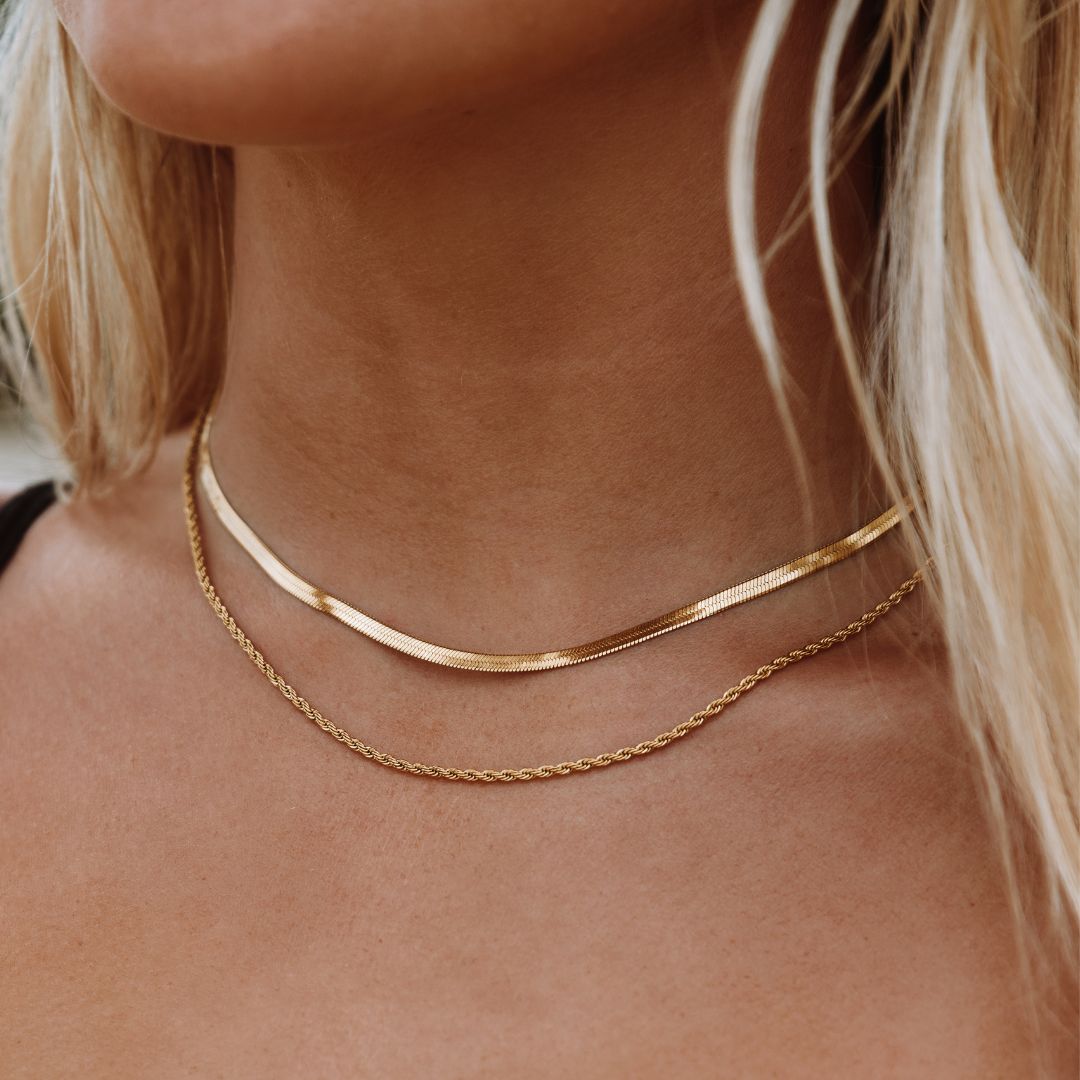
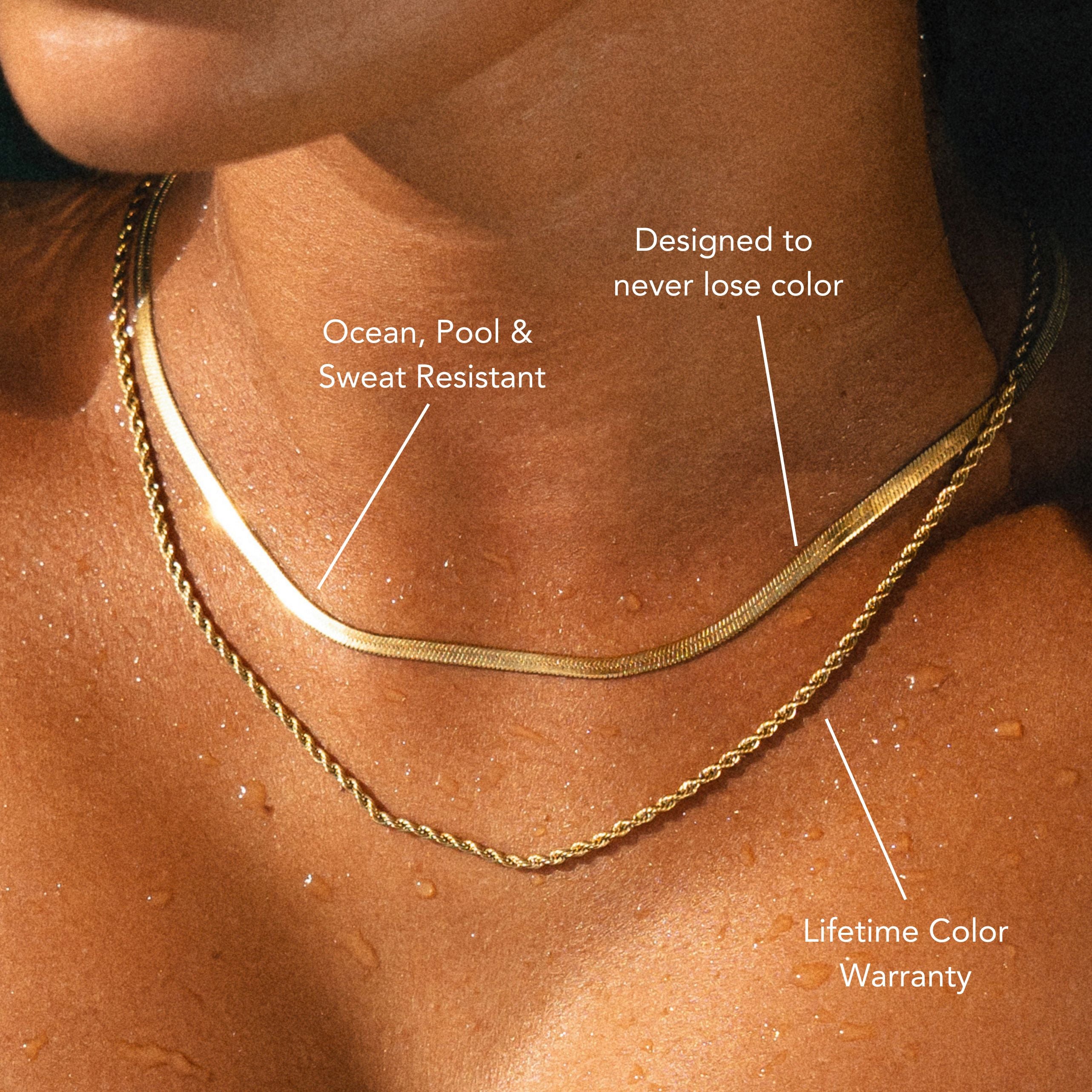
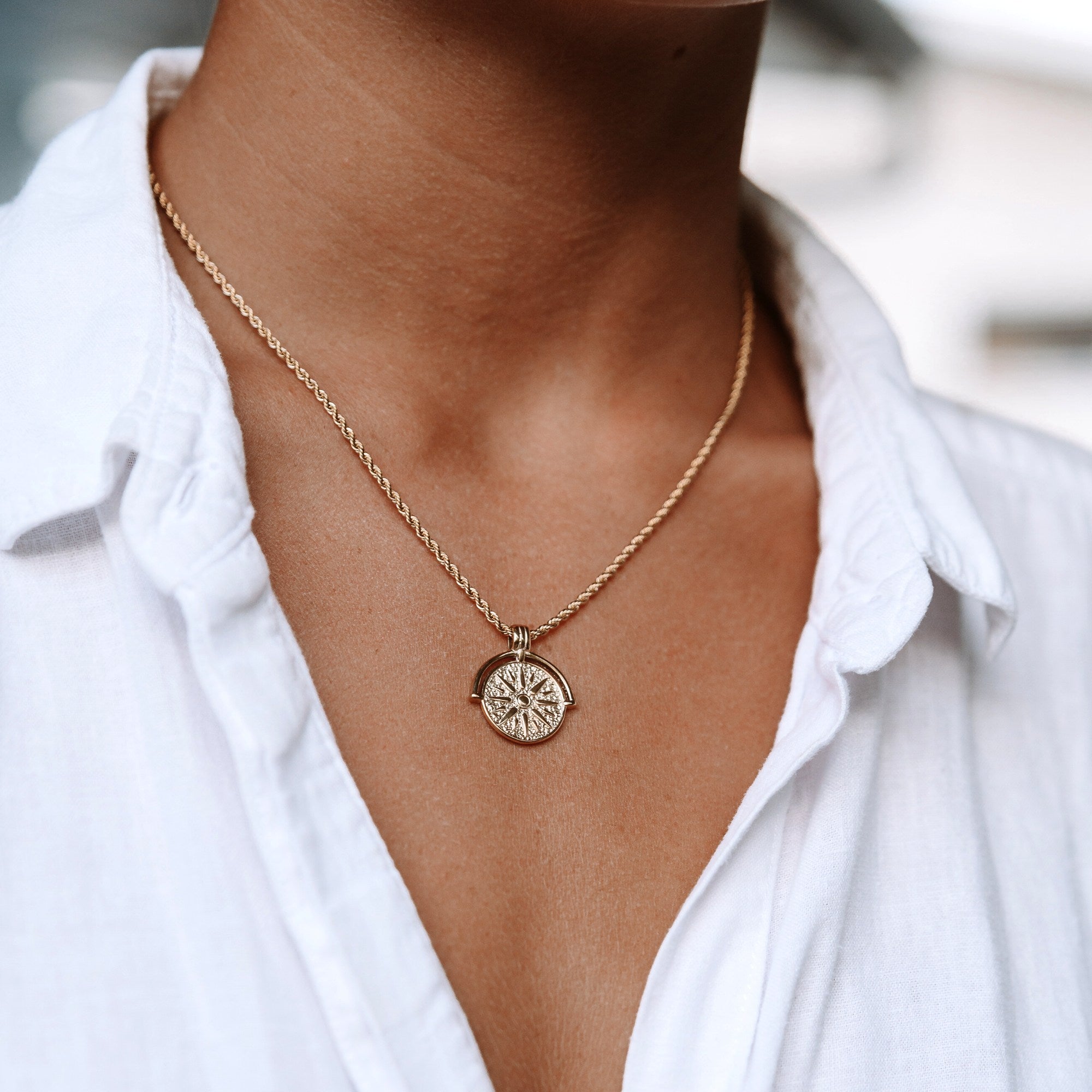
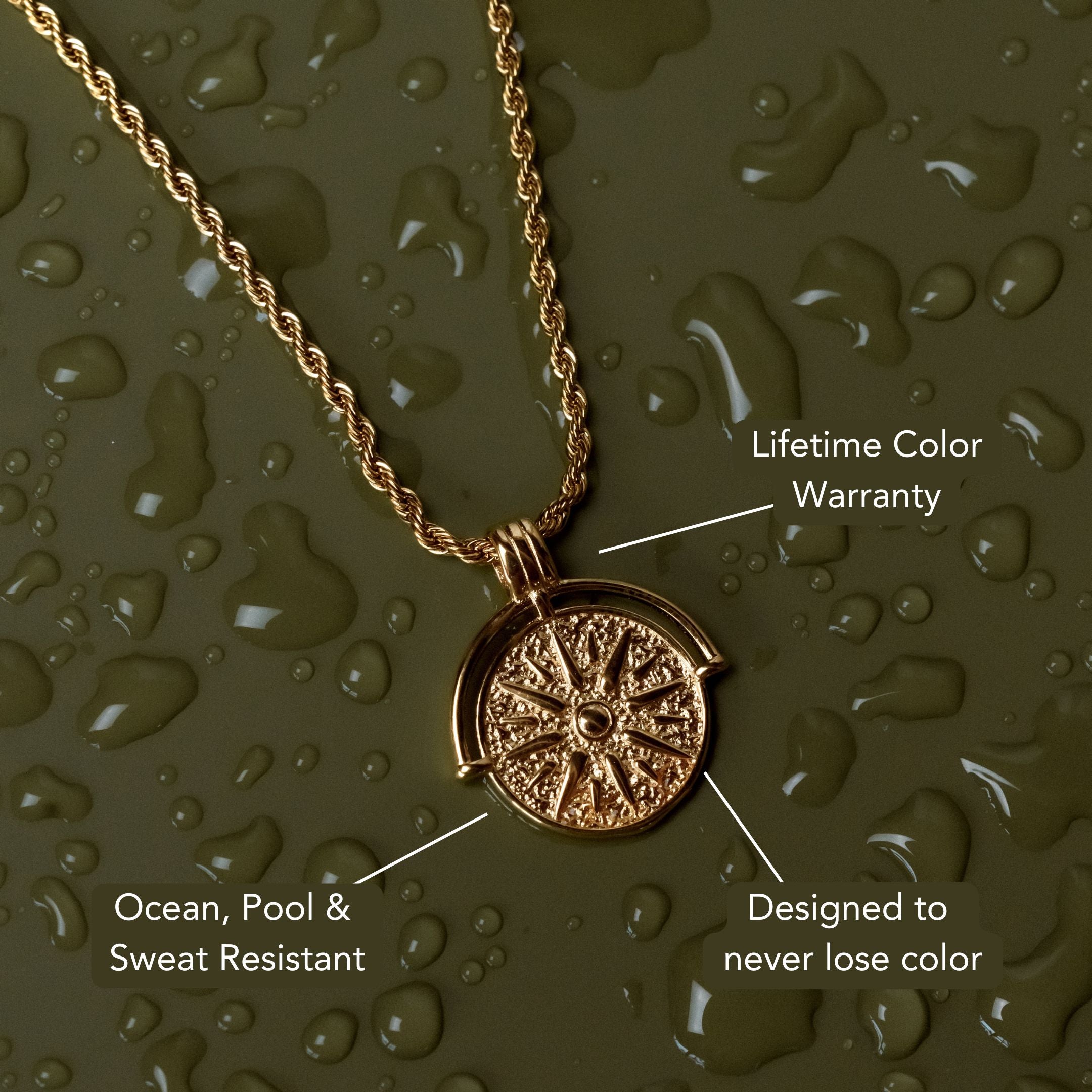
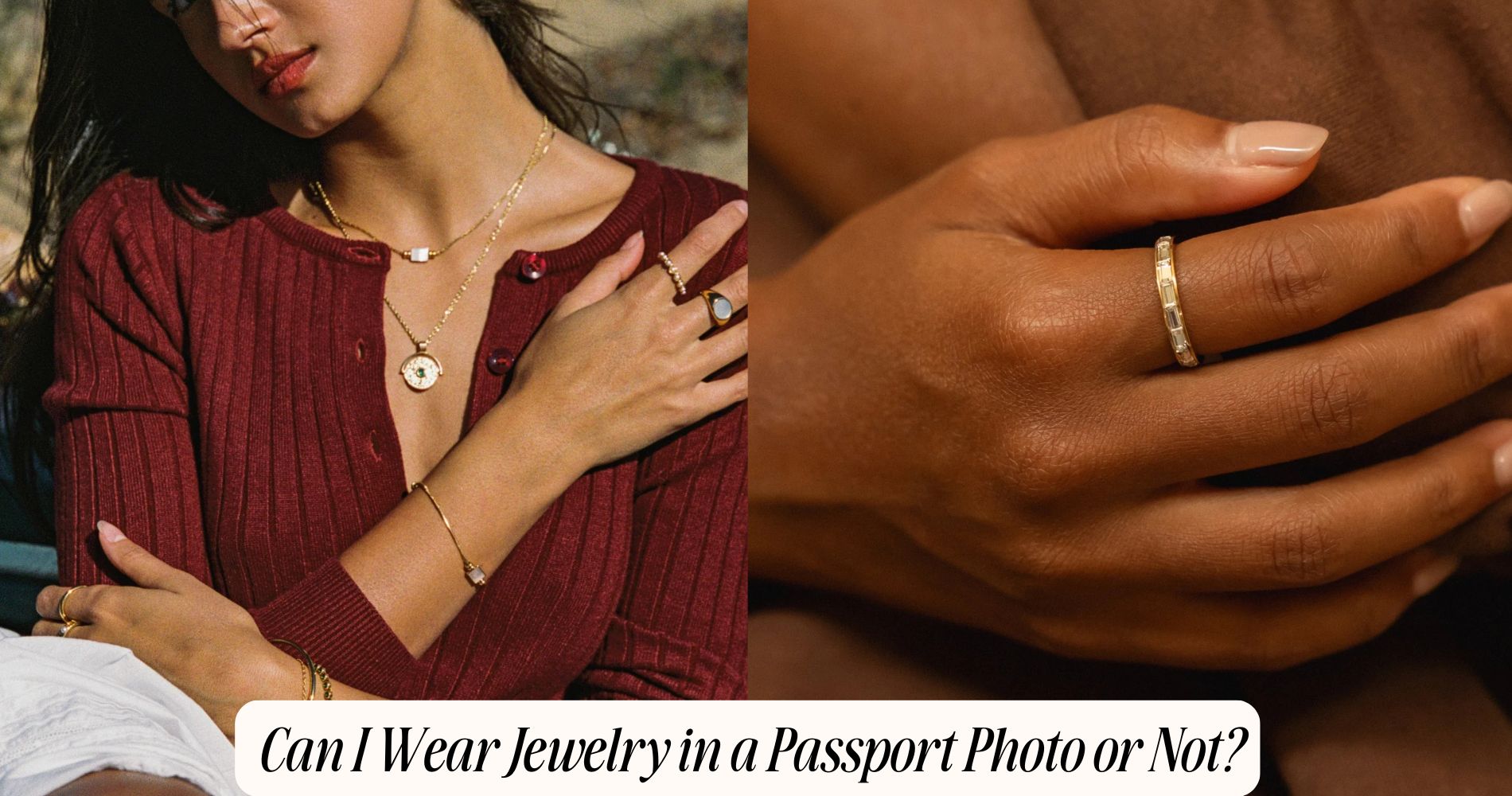
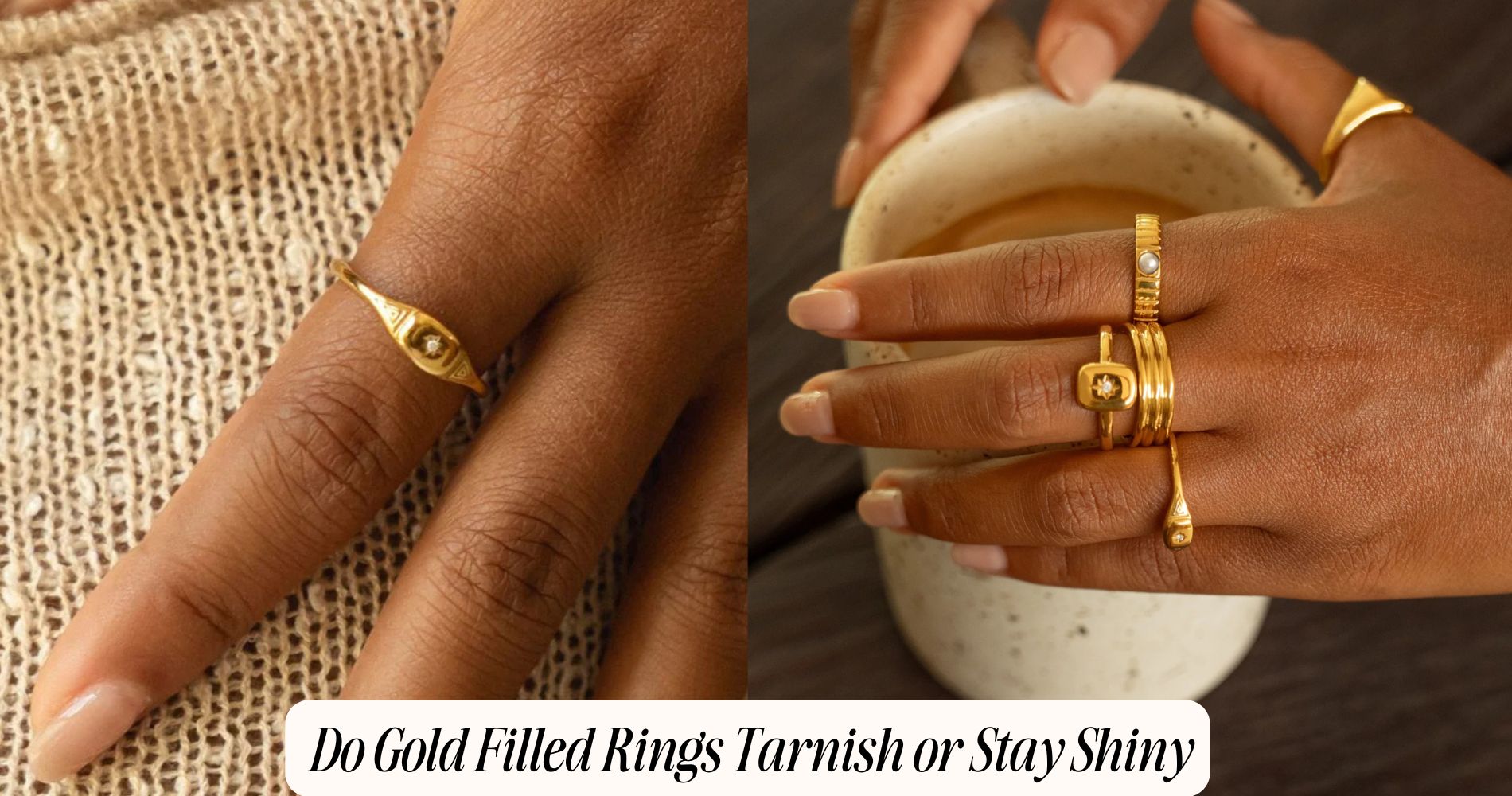



Leave a comment
This site is protected by hCaptcha and the hCaptcha Privacy Policy and Terms of Service apply.